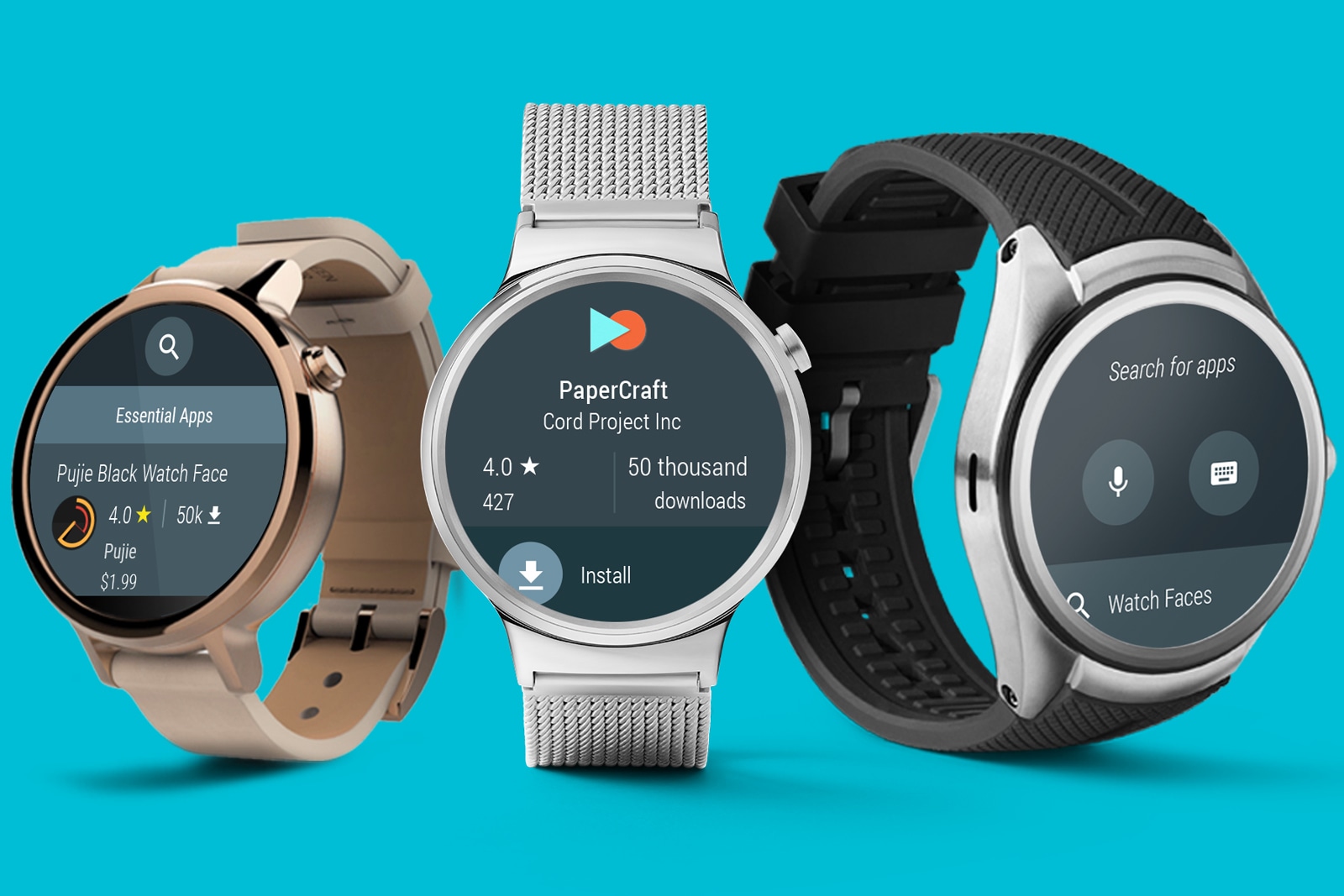Computing innovation has grown exponentially in the past five years, and 2017 promises to bring new heights and new ideas to our concept of technology.
- Samsung is rumored to release two phones with foldable screen capabilities in early 2017, with the intent to get a jump on Apple’s release of the iPhone 8. One of the new models is supposed to have a five-inch handheld display that unfolds into an eight-inch screen, much like a tablet.
- Not to be outdone, Apple may release three new iPhones in 2017: the customary 7s and 7s Plus, and also the mythic iPhone 8 (sometime in late 2017). Speculation surrounding the 8 is wild, given that its release coincides with the iPhone’s 10th anniversary. Some say the device will finally feature the Tap To Wake option standard on many Android products already, and some say the iPhone 8 won’t need a physical home button at all.
- Wire free charging technology is relatively old news – many electric toothbrushes charge without wires to prevent electric dangers in the bathroom. However, Google’s Nexus 4 and Samsung’s Galaxy S4 feature wireless charging capability, which indicates a trend toward wireless charging in the smartphone industry this year.
- The introduction of better microprocessors – tiny yet powerful computer chips — will make a major difference in the quality of smartphones released this year. Qualcomm Snapdragon’s new S835 and Mediatek’s Helio X30, equipped with a Deca-core CPU, will make your phone faster, better at multitasking, and consume less battery. Besides the improvement in overall performance, graphics will also be smoother, and our phones will be able to handle more complex programs, like VR games.
- Virtual and Augmented Reality software made leaps and bounds in 2016, with the release of the app Pokemon Go and the advent of more accessible VR headset technology. With new innovation in microprocessor technology, more complex VR and AR apps can be released for general use in 2017.
- USB-C is expected to become the standard in 2017, and with that comes lightning-fast charging. Qualcomm’s Quick Charge 4 can accommodate five hours of battery life in just five minutes of charging. In other words, it has the potential to take your phone from 0% to 50% battery in just fifteen minutes.

- Popular apps like Uber and Airbnb use the internet to connect paying customers to services, like a taxi ride or temporary lodging. 2017 is expected to expand upon the idea of such an economy to include even items, such as old and gently used technology. With online app markets like MyGizmo, it will be easy to share electronics that you are no longer using with someone who will still find it valuable.
- Soon the struggle for storage will end: smartphone memory is poised to skyrocket into the next data storage unit – the terabyte. Currently, SD storage at its highest at 512GB. However, SanDisk released a prototype of 1TB SD card in September. The implementation of super-storage technology promises the average smartphone customer increasingly luxurious amounts of space in 2017.
- This year, technology stands ready to incorporate itself completely into our lives. Wearable tech like Fitbits, Apple Watches, and Android Wear provide all the capability of a smartphone, but rest quietly on our bodies for the majority of that time. In fact, the science behind a phone implanted in your ear itself may not be too far off.
- As technology inserts itself into our brains and clothing, another Internet is slowly assembling: the Internet of Things is a conceptualization of the network between all the devices in our lives – not just our smartphones and laptops, but our smart refrigerators, our cars, our home security systems, and yes, our watches and clothing.
